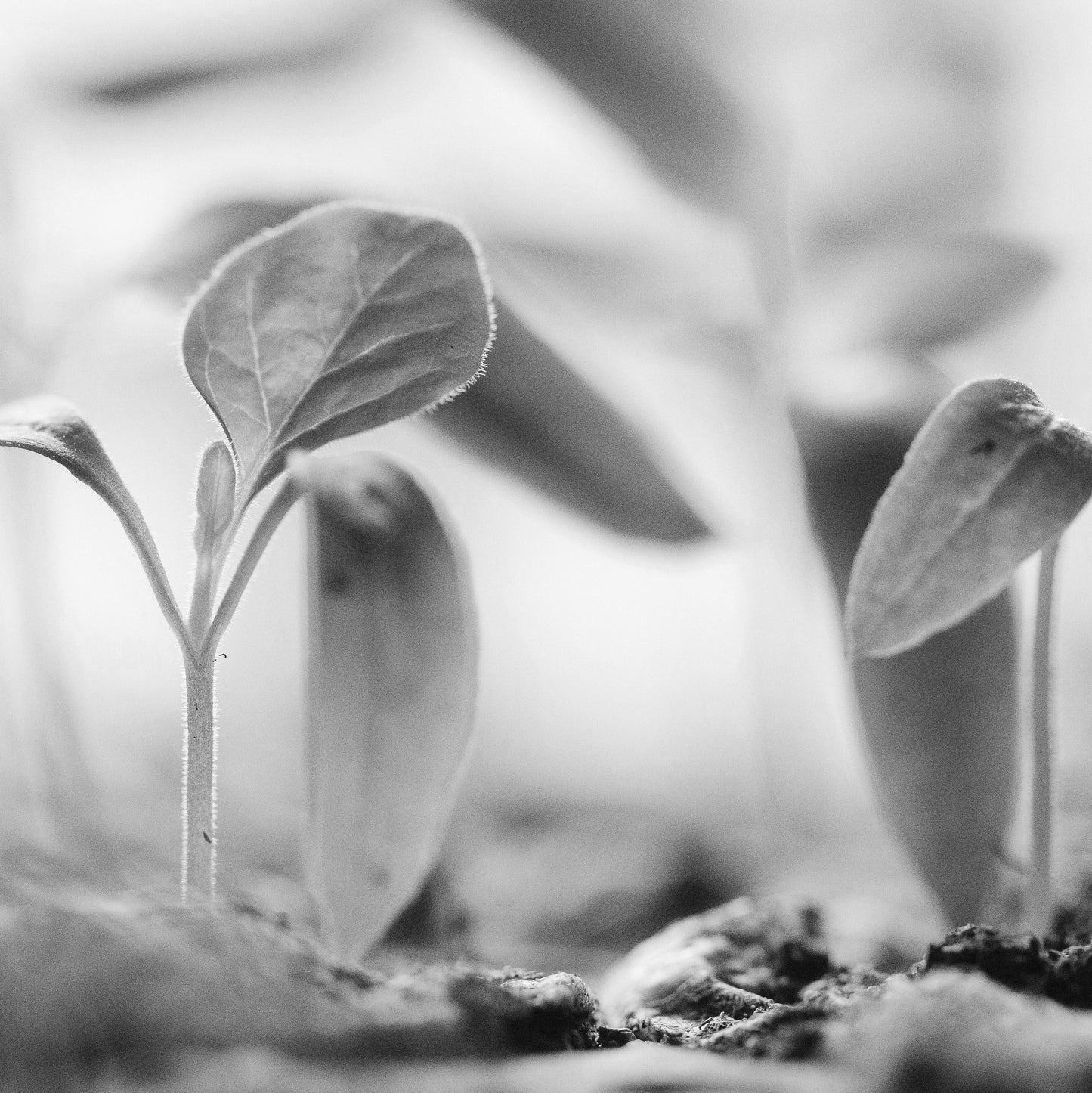
What exactly are Biophotons? Well, light isn't just generated by inanimate objects like desk lamps or the Sun; living organisms also emit light. From bacterial cells to human tissues, there's a subtle yet detectable emission of light spanning from near UV to near IR wavelengths. This phenomenon is termed biophotons, a combination of "bio" signifying life and "photon," the elemental unit of light.
Biophoton emission is closely linked with various cellular activities, particularly oxidative metabolic reactions. Mitochondria, specialised organelles responsible for producing adenosine triphosphate (ATP) through electron transport chains and proton gradients, are believed to be the primary site of biophoton generation. Essentially, as living entities adeptly convert energy, part of that process seems to manifest as an inner glow.

The concept of Aǹalemma water emerged as a serendipitous outcome of biophoton exploration, initially centred around the study of plant seeds. These tiny repositories of potentiality rely on sunlight and water to flourish, serving as a simplistic yet powerful biological model.
The investigations began with the stimulation of seed germination through water exposure, coupled with the analysis of emitted biophotons during plant growth. As the research progressed, a pivotal realisation unfolded: the type of water used significantly impacted the physiological reactions of the burgeoning plant, altering its biophoton emission patterns. This pivotal insight laid the groundwork for the development of the methodology ultimately leading to the creation of the stable and coherent Analemma water.

Revitalised water for enhanced food vitality
When examining the biophoton emissions from various plant tissues, we delve into different facets of the phenomenon, including spontaneous emission and delayed luminescence. These parameters collectively offer insight into the overall energy state, or vitality, of the organism under scrutiny.
Our recent investigations focused on fruits from plants irrigated with coherent water. By studying the distinct light emission patterns of these fruits, we could gauge their mitochondrial activity and, consequently, their energy retention capacity. For example, trials involving cherry tomatoes revealed that utilising Analemma water for plant watering led to a remarkable 60% increase in biophoton emission from their fruits!

Biophoton research stands as pivotal in the development of Analemma water. Presently, we employ biophoton assays as standardised procedures to evaluate the quality and consistency of the "mother water" that forms the cornerstone of all our products.
